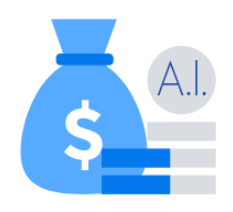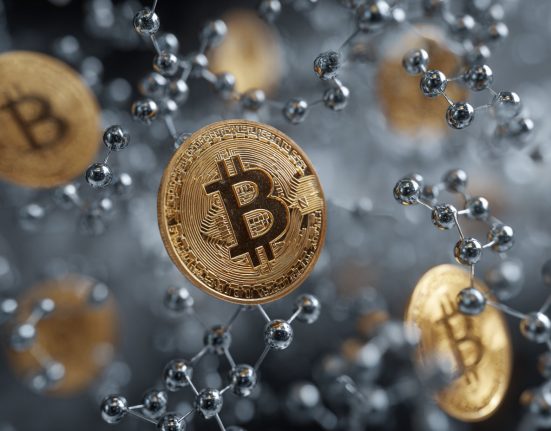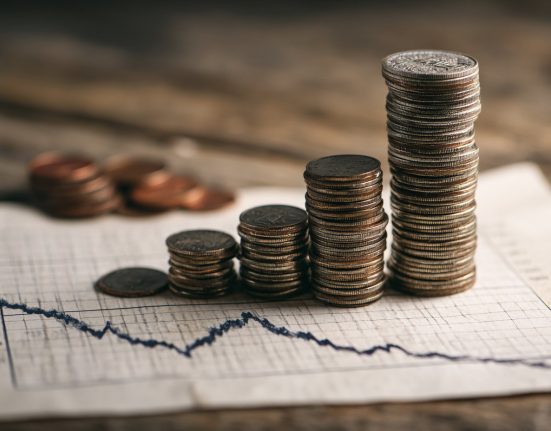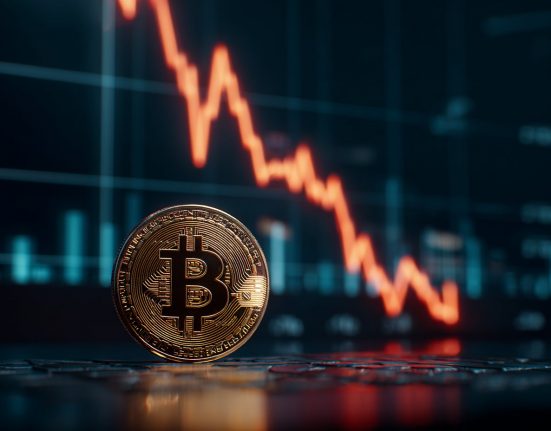With rising interest rates, have we entered a new era of attractive yield on cash and cash equivalents?
In a famous 2018 interview, Ray Dalio (opens in new tab), founder of hedge fund giant Bridgewater, coined the phrase “cash is trash.” What he was describing was an investing environment in which interest rates were so low that holding cash, cash equivalents and many types of bonds made little sense because of low interest rates.
His point was that investors were being forced into the stock market in an attempt to create some sort of positive return on their money.
Well, times have changed, and so has Dalio’s take on cash. In October, he declared on Twitter (opens in new tab), “I no longer think cash is trash.” This latest declaration is both good and bad news. Those who were forced into stocks and low-yielding bonds have sustained historic drawdowns in 2022.
But for those who suffered ultralow interest rates and earning almost nothing on their cash for years, the current situation might be a golden age of relatively high yields on lower-risk assets.
But if you are one of the lucky/smart ones with cash to invest, choose carefully, as this new regime has not quite found its footing, thus creating opportunity, but also pitfalls in the search for yield.
Bank Deposits
Your money in the bank is FDIC insured (opens in new tab) up to $250,000 ($500,000 joint), easily accessible and does pay an interest rate. However, on average, those rates have not kept up with the steep increases we have seen in the federal funds rate. Said another way, banks are taking your deposits, investing them in a yielding asset and passing very little of that benefit on to you.
Don’t let them do that.
Shop around at other banks and credit unions to compare rates – you will probably be surprised by the disparities. Websites such as Bankrate.com (opens in new tab) can make shopping for rates quick and easy. Currently, you will find that a large institution such as Bank of America offers just .04% on savings compared to north of 3% at multiple smaller banks.
Finally, don’t forget the low-hanging fruit when it comes to managing your cash. If there is a material difference between the interest on your checking and savings accounts, keep more money in the latter and only what you need for paying bills in the former.
Remember CDs?
Certificates of deposit can be found at most banks. They typically pay more than checking and savings accounts but, in exchange, require your money to be tied up for a certain period of time before you can withdraw it.
The issue here is the same as regular bank accounts – on average, they are not keeping pace in this rising-rate environment. The average one-year CD is yielding well below a one-year Treasury.
Treasuries
So what do banks do with your deposits and CDs? They mostly buy U.S. Treasury bills, notes and bonds, guaranteed by — you guessed it — the U.S. Treasury. Currently, with the flattish and slightly inverted yield curve, they only need to go out a year to maturity to get north of a 4% yield. By funding it with your checking account that yields next to nothing, they’re raking in a lot of free money.
If you’re not happy with your bank rates, consider skipping the middleman and buying the Treasury itself. They are not as liquid as a bank account, but even though they come with a certain maturation date, they can be sold on the secondary market if you change your mind or need to access the money. But understand that, while they will pay par at maturation, their prices can fluctuate up until that point.
Money Market
“Money market” refers to highly liquid and short-dated debt instruments issued by governments or commercial institutions. Some banks offer money market accounts, but they can also be accessed through mutual funds.
On the yield spectrum, they typically dwell below the fed funds rate but above a regular checking or savings accounts. They are priced in one-dollar increments and have very rarely dipped below due to their credit quality and short maturity. Most, but not all, of the funds are covered by either FDIC or SIPC.
Conclusion
It may take a little work, but seeking a decent yield on your cash is well worth it in this new era of high interest rates. Successful cash management is not as exciting as picking the next hot stock or high-yielding asset, but its effects are material over the long term.






